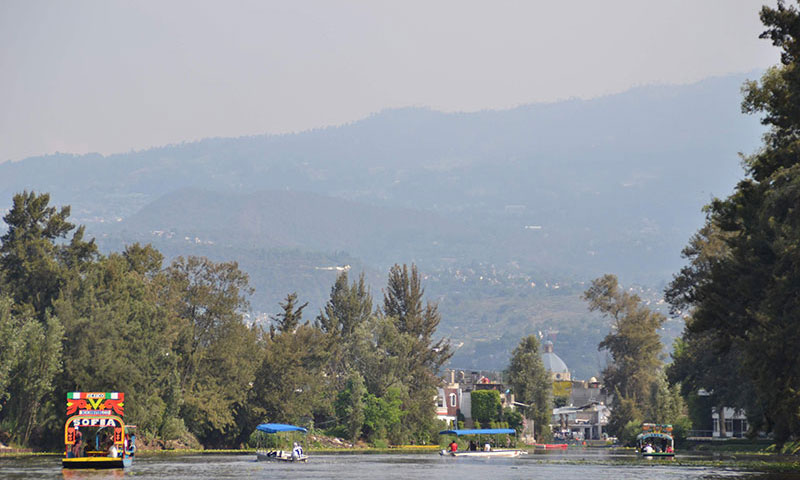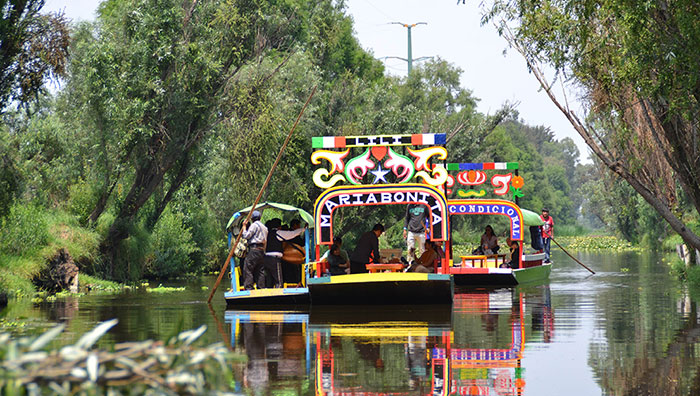“We can see how this area of wetland agriculture changes, in three different cycles. These changes are brought about by political changes that have affected people’s ability to cultivate the land and survive on its crops,” says Maria Schewenius. “No one has identified these cycles in this way earlier; and we have examined the common denominators that have helped the system survive.”
People have found ways to make it work
Despite the increasing pressure on the land and changes in the conditions, people have found ways to make it work. Crops have been changed to fit the market, for instance, by switching to flowers and beautiful plants that are in high demand today. Different solutions have been used to get the water into the area. Boat trips on the canals are a popular tourist destination.
“These solutions have all been about a gradual adaption to the current situation: water quantity, water quality and economic factors. Since we have identified these cycles, each one with their individual challenges and respective solutions, which in turn have enabled this area to survive, we hope that these insights can be used to develop resilient agriculture practices in the future as well.”
So much more than just agriculture
Xochimilco stands for so much more than just agriculture; it is an important habitat for both aquatic and terrestrial species, animals as well as plants. Here you can find, among other things, axolotl, a native species that is related to the salamander and which is being investigated in medical research for its regenerative properties.
The area also helps control temperature and clean the air for large parts of Mexico City. This eco system service the area provides for the whole city may go unnoticed as long as the area remains green and keeps its channels.
- Temperature control and air purification are very important functions. When cities become both larger and denser, they also become warmer and often have problems with air quality.
Major tourist attraction today








